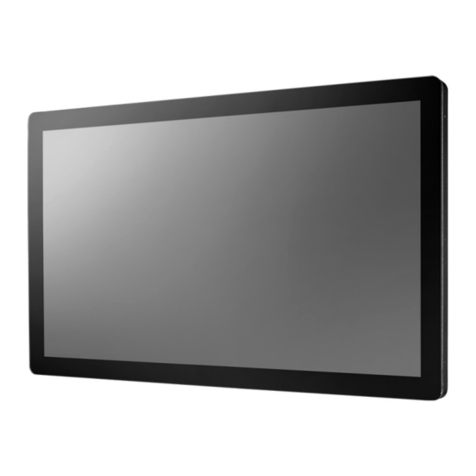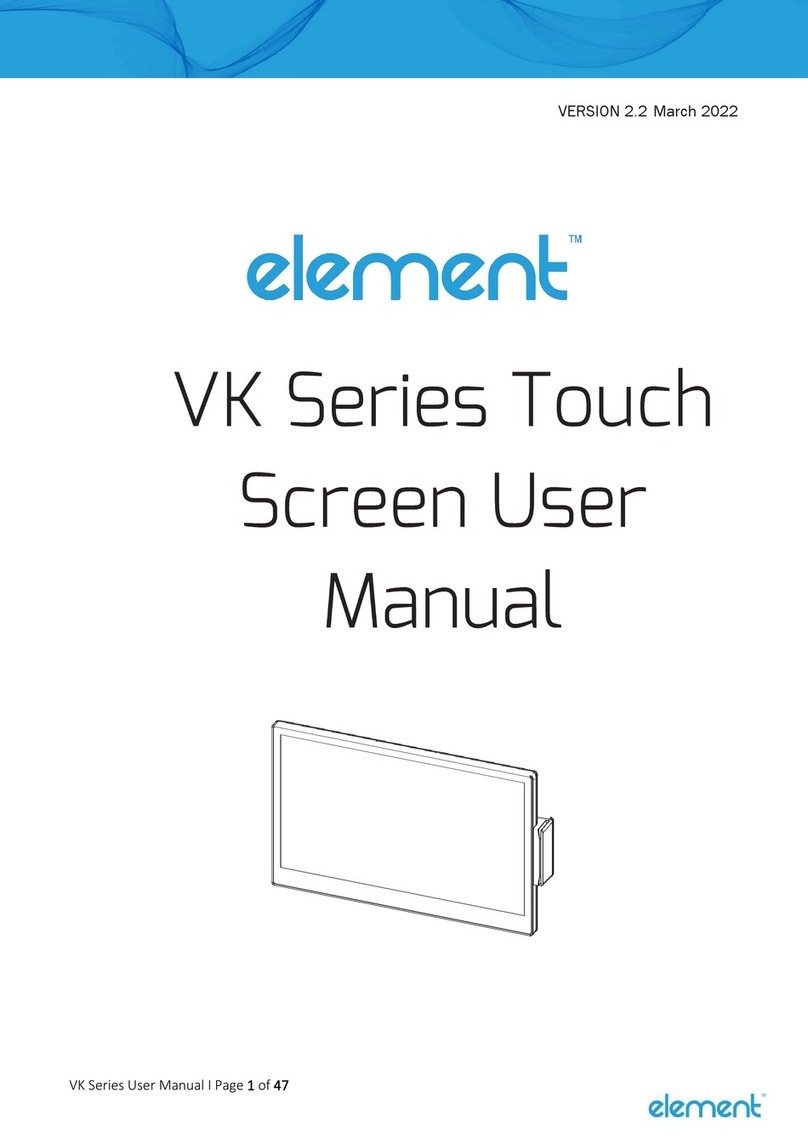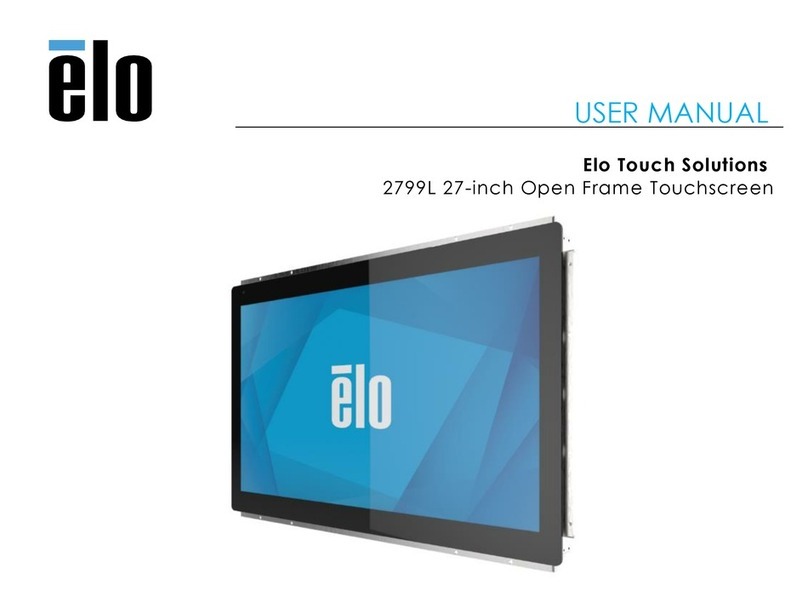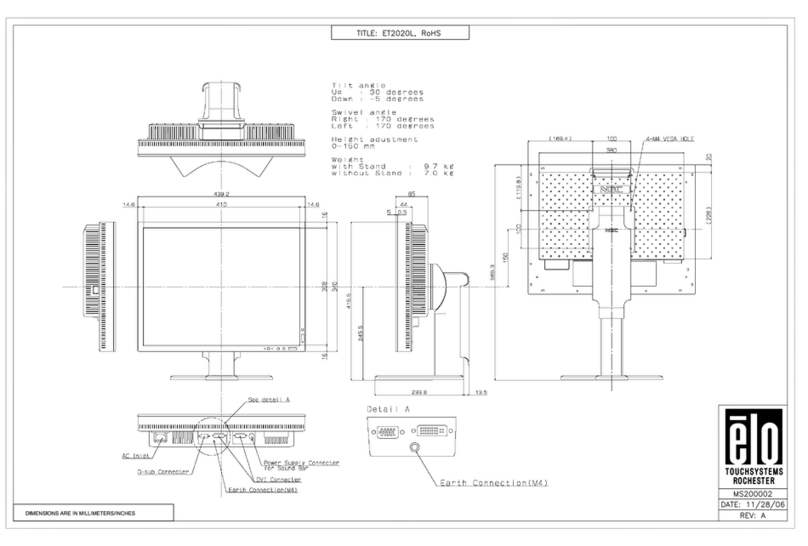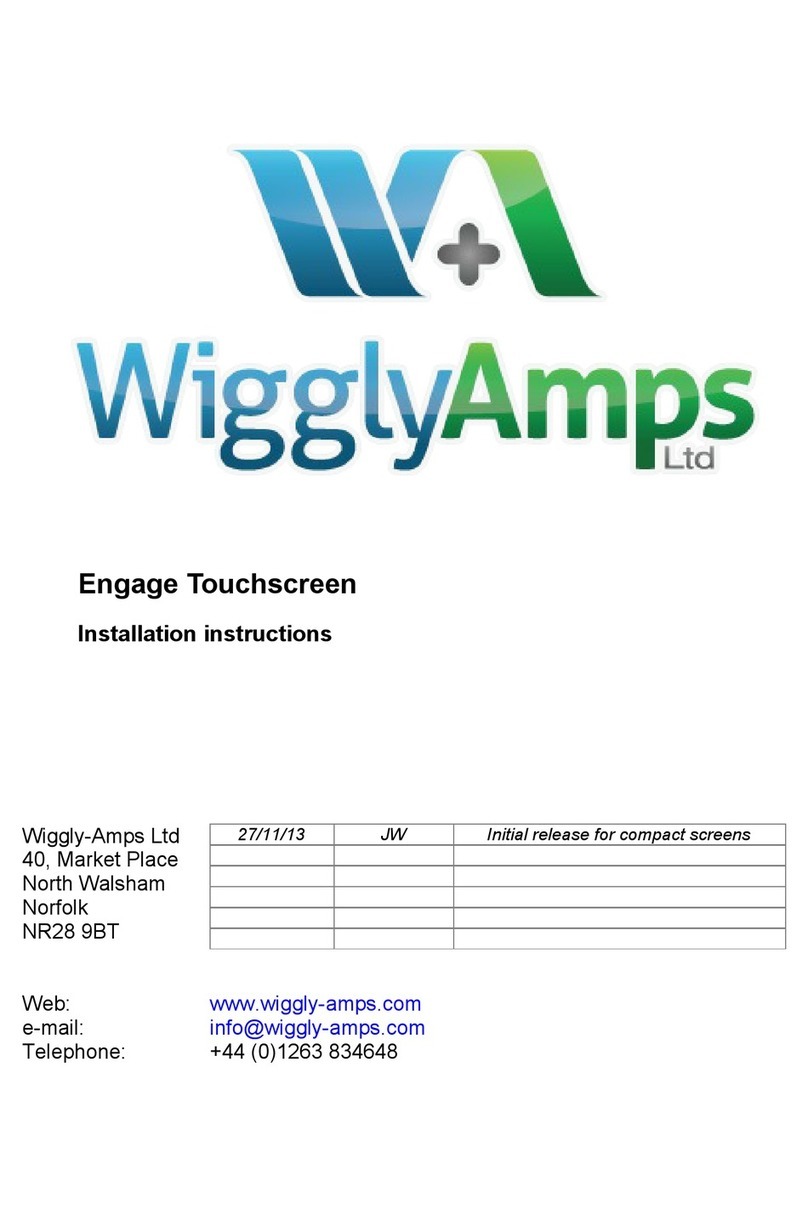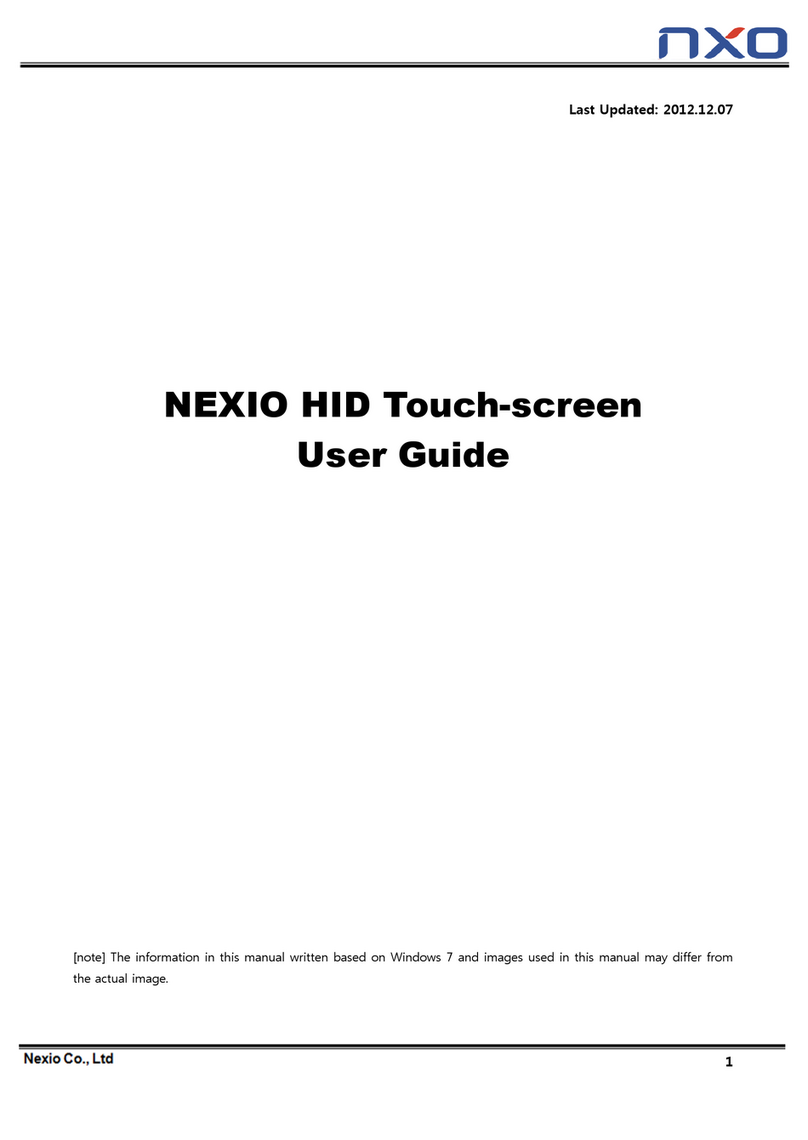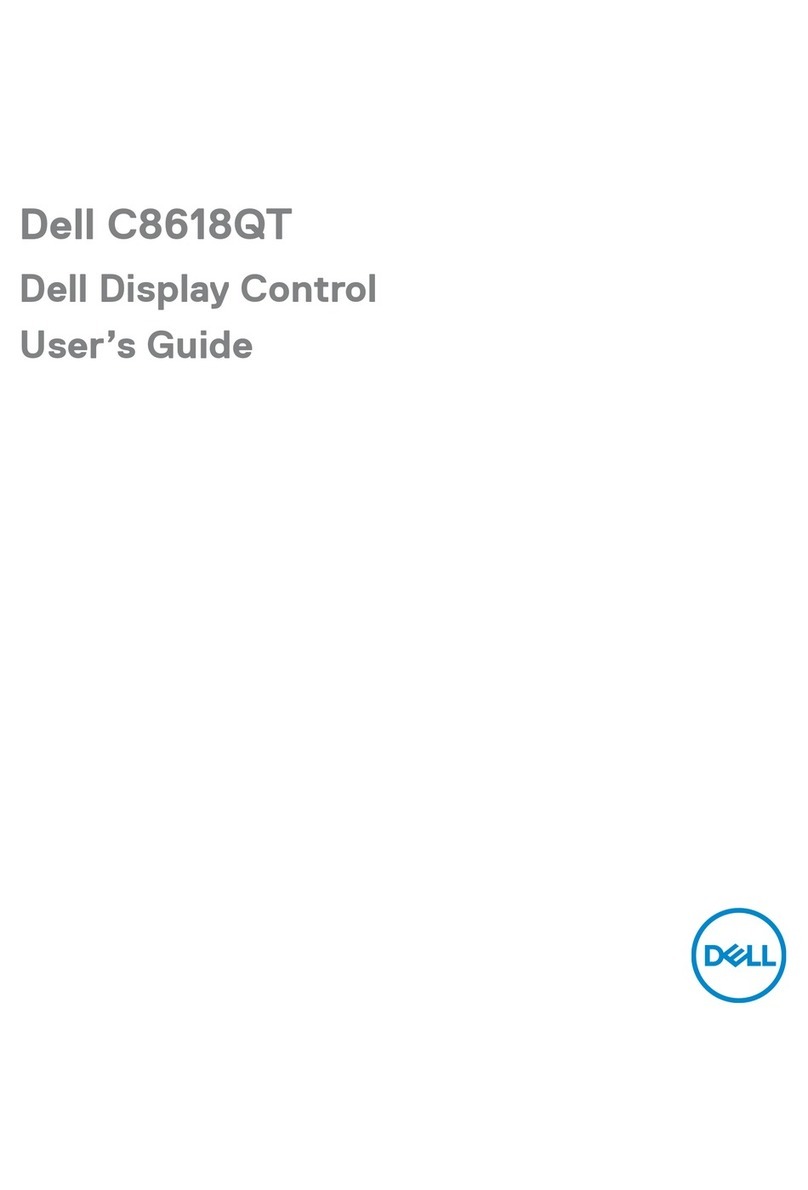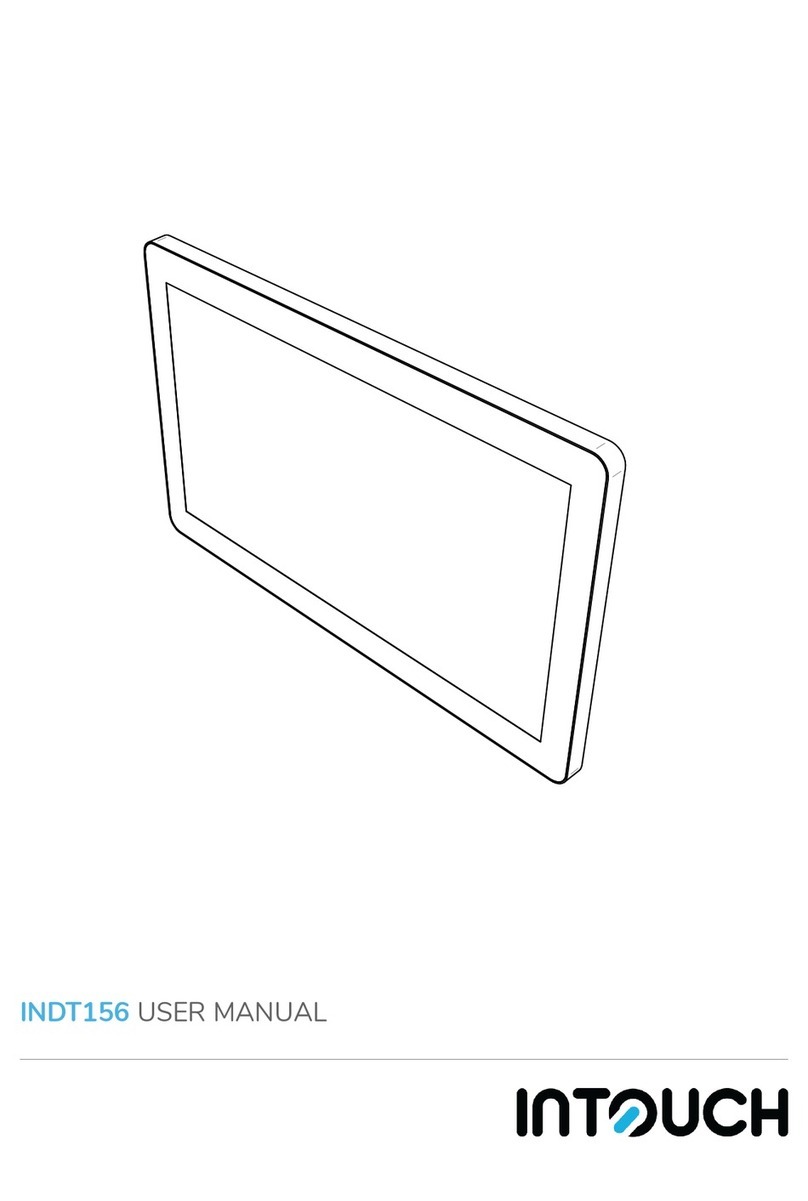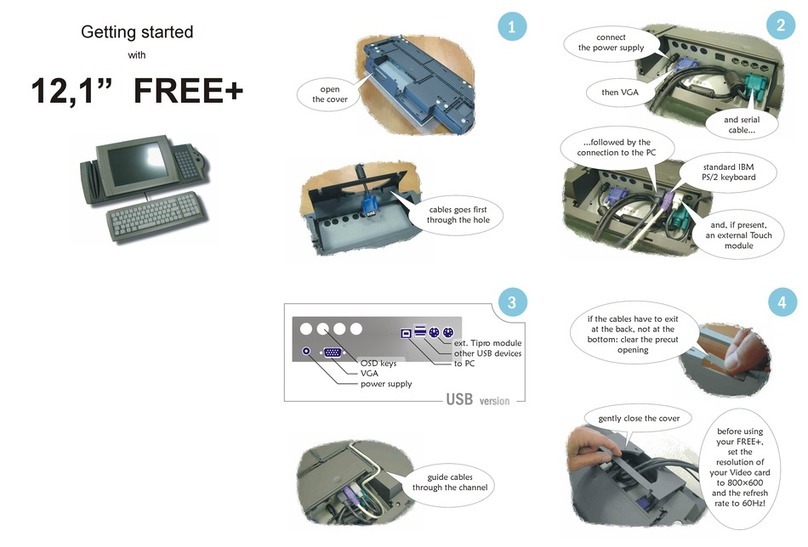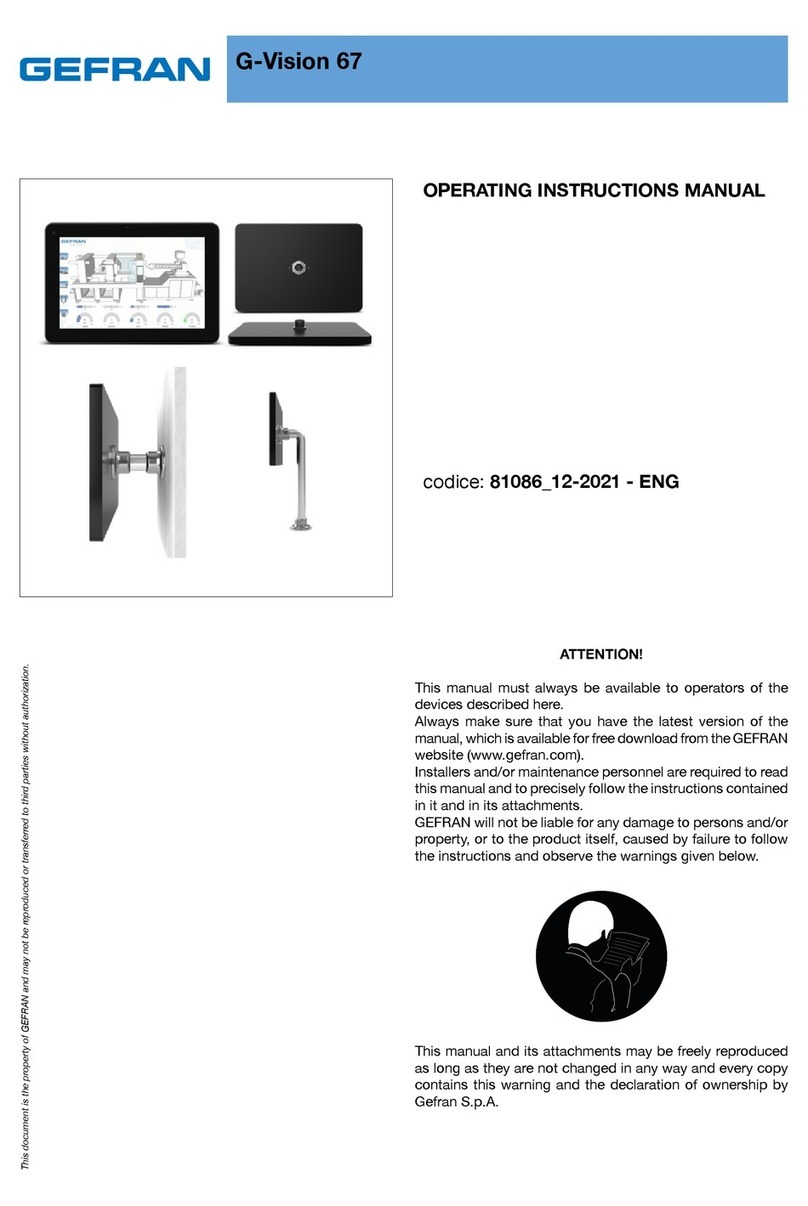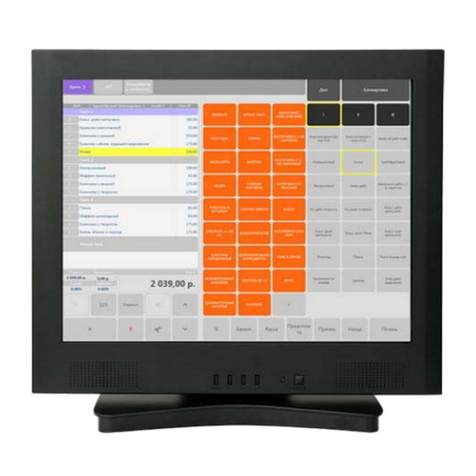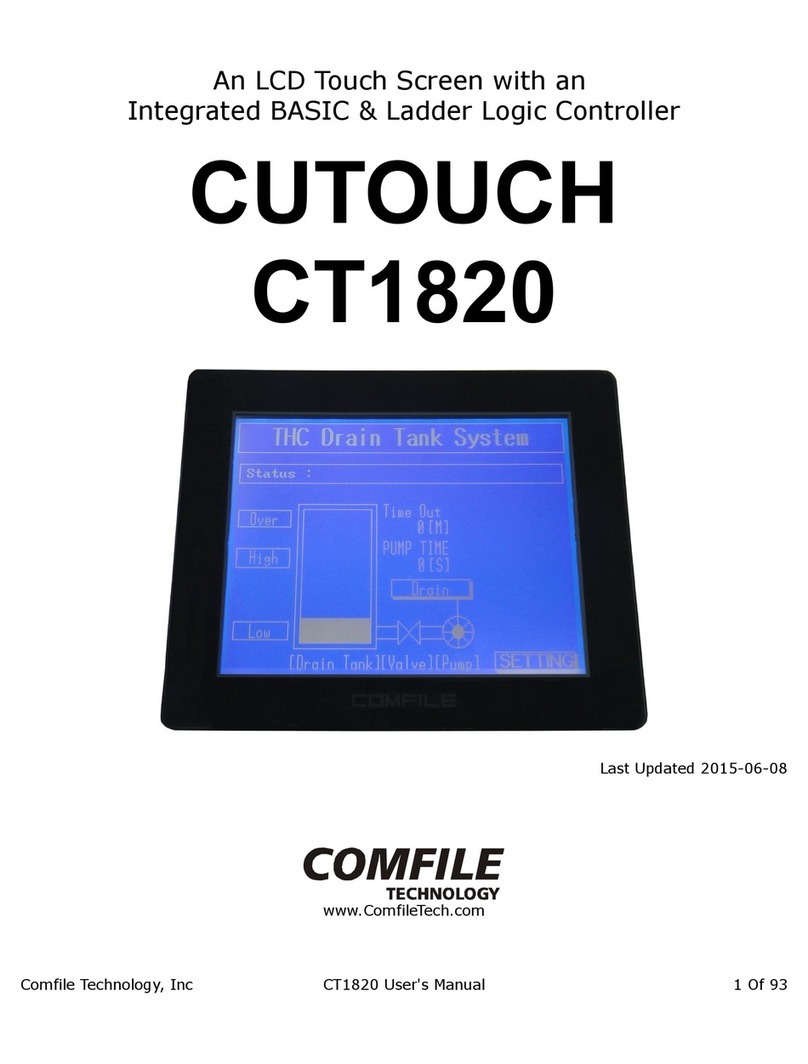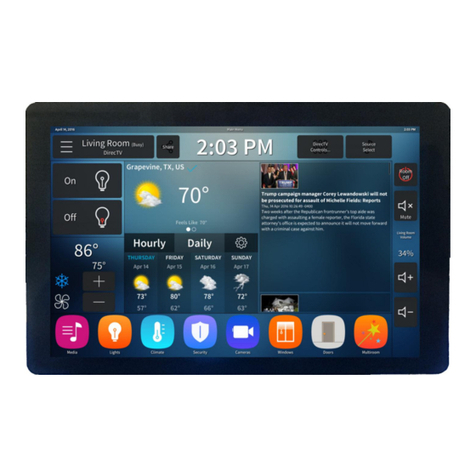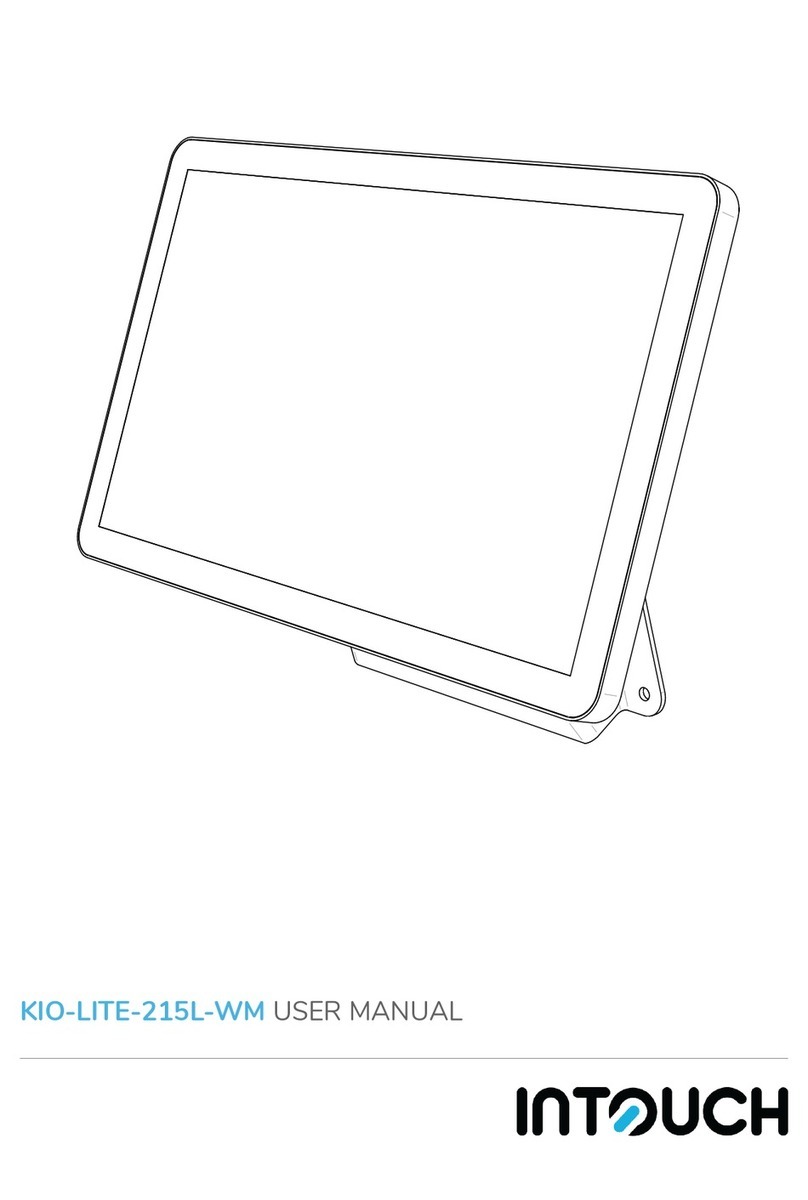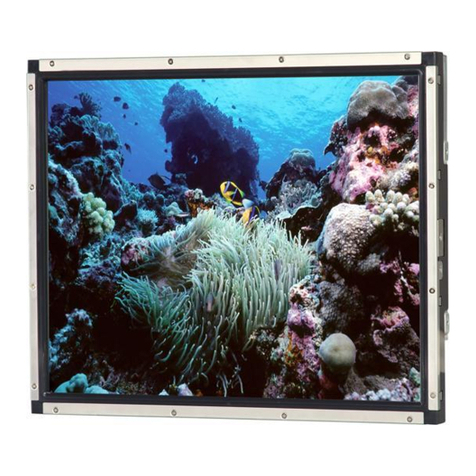
To all residents of the European Union
Important environmental information about this product
This symbol on the device or the package indicates that disposal of the device after its
lifecycle could harm the environment. Do not dispose of the unit (or batteries) as unsorted
municipal waste; it should be taken to a specialized company for recycling. This device
should be returned to your distributor or to a local recycling service. Respect the local
environmental rules.
If in doubt, contact your local waste disposal authorities.
Thank you for choosing Whadda! Please read the manual thoroughly before bringing this
device into service. If the device was damaged in transit, do not install or use it and contact
your dealer.
Read and understand this manual and all safety signs before using this appliance.
•This device can be used by children aged from 8 years and above, and persons with
reduced physical, sensory or mental capabilities or lack of experience and knowledge if
they have been given supervision or instruction concerning the use of the device in a
safe way and understand the hazards involved. Children shall not play with the device.
Cleaning and user maintenance shall not be made by children without supervision.
•Refer to the Velleman®Service and Quality Warranty on the last pages of this manual.
•All modifications of the device are forbidden for safety reasons. Damage caused by
user modifications to the device is not covered by the warranty.
•Only use the device for its intended purpose. Using the device in an unauthorized way
will void the warranty.
•Damage caused by disregard of certain guidelines in this manual is not covered by the
warranty and the dealer will not accept responsibility for any ensuing defects or
problems.
•Nor Velleman Group nv nor its dealers can be held responsible for any damage
(extraordinary, incidental or indirect) –of any nature (financial, physical…) arising from
the possession, use or failure of this product.
•Keep this manual for future reference.
